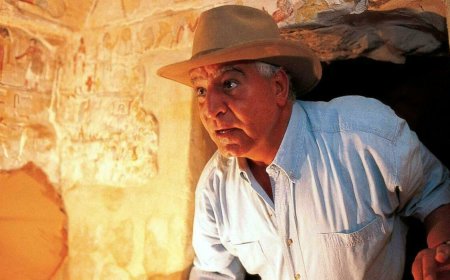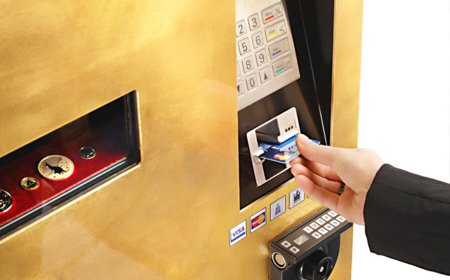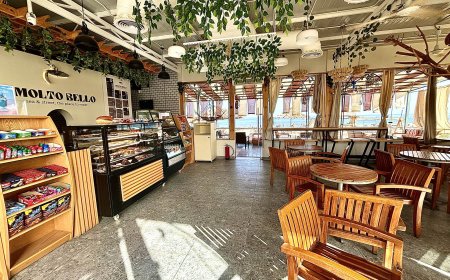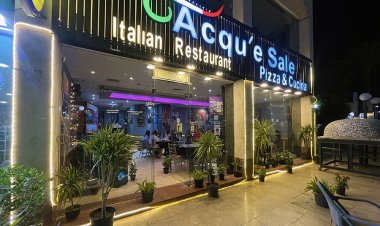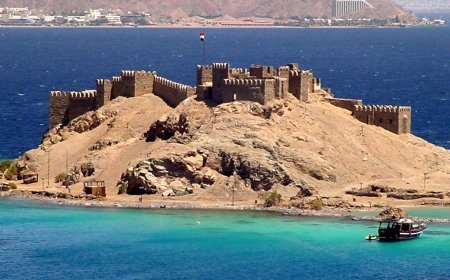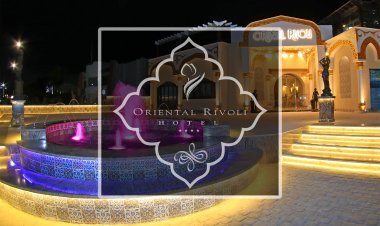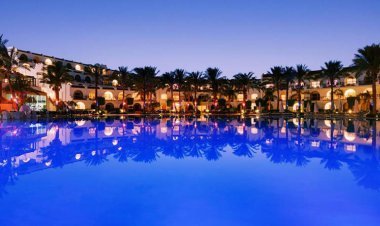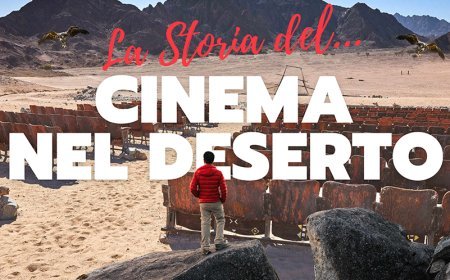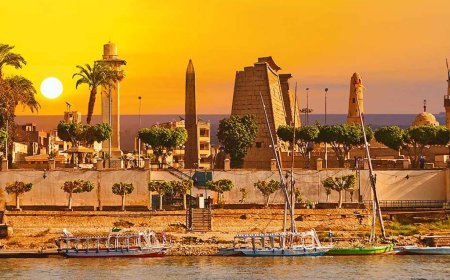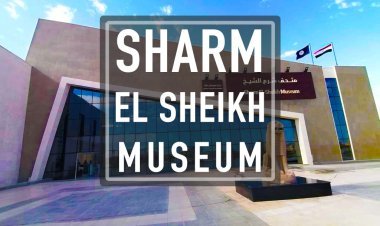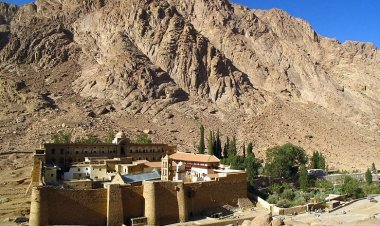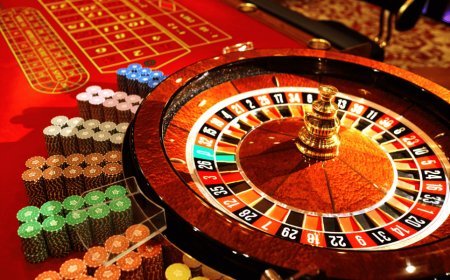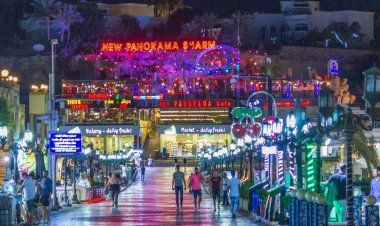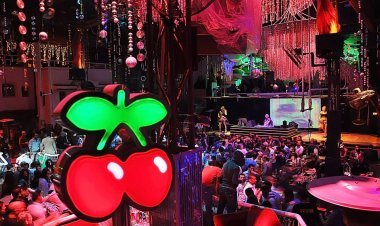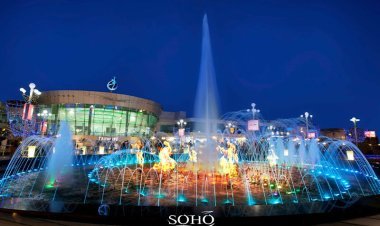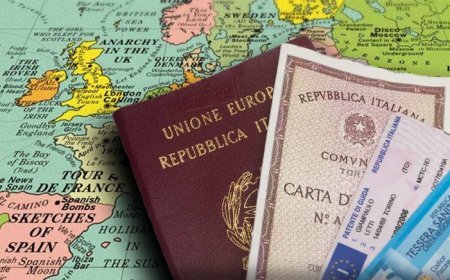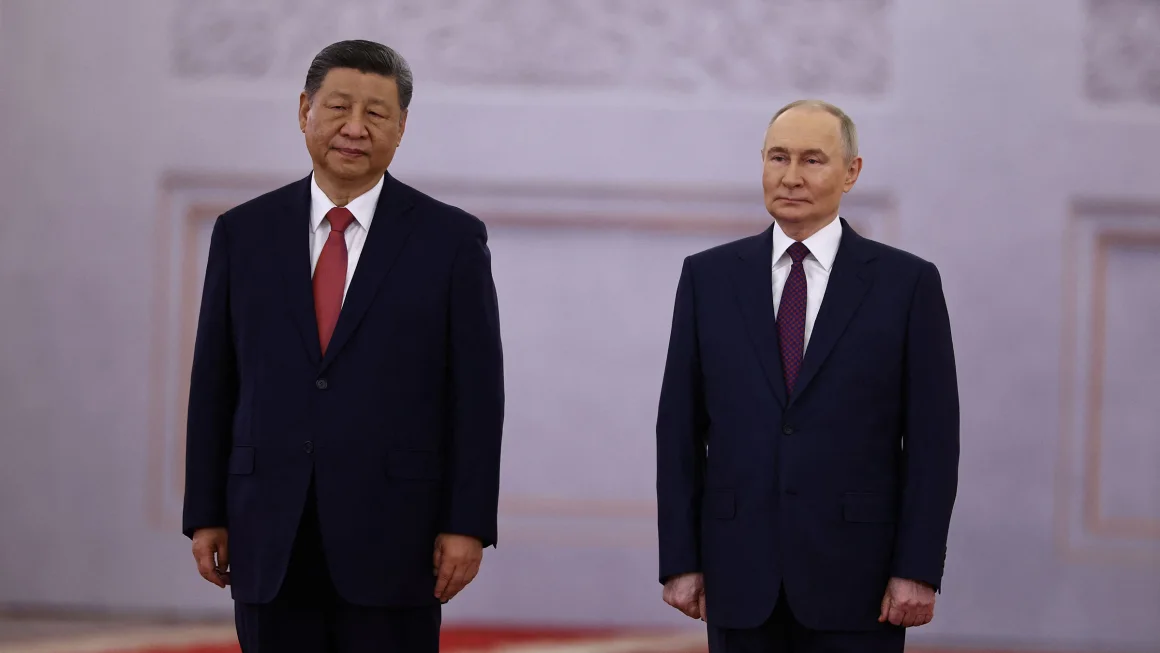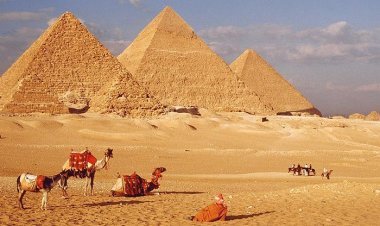Saint Catherine's Monastery
Saint Catherine's Monastery is an Eastern Orthodox monastery located on the Sinai Peninsula, at the mouth of a gorge at the foot of Mount Sinai, near the town of Saint Catherine, Egypt. The monastery is named after Catherine of Alexandria.
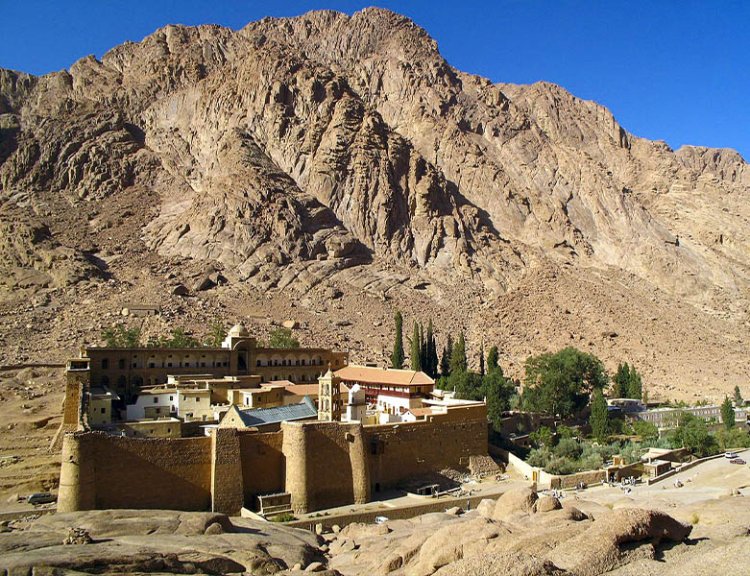
The monastery of St. Catherine, also known as the monastery of the Transfiguration, is located in a triangular area between the desert of EL-Tih, the Gulf of Suez and the Gulf of Aqaba in Sinai in a valley at the foot of Mount Moses in a location of 1570 feet above sea level.
According to the bible, the Jews after their escape from Egypt arrived at Mount Horeb on whose summit Moses received the Tablet of the Law: "The Ten Commandments".
The monastery of St. Catherine is an ancient and very important Orthodox monastic center. It is located in a desert region formed by granite rock and high mountains and at first glance, it seems inaccessible. The mountains that dominate this region are the Horeb (2,285 m. High), the Caterine (2,637 m. High), the Serbal (2,070 m. High) and the Episteme.
In 342 BC Elena's mother, of Emperor Constantine the Great, built a monastery with a chapel dedicated to the Virgin Mary on the site of the burning bush. Subsequently the Emperor Justinian, between 527 and 547 AD, ordered the construction of the church known today as the Transfiguration. Between the 8th and 9th centuries AD both the church and the monastery after the monks found the body of Santa Caterina which, according to tradition, had been transported by angels to the top of Mount Caterina, was called the "The monastery of St. Catherine". In addition, Justinian had ordered the construction of an imposing wall with turrets to protect the monastery and it is said that he had provided 200 Roman soldiers to protect it from attacks by the Bedouins.
It has been called the oldest Christian monastery and the smallest diocese in the world.
Even after the Arab conquest of Sinai in 641 AD, the monks continued to live in the monastery, protected by an edict of Muhammad which ensured their protection.
Katholikon (Church of the Transfiguration).
It is built on the north side of the monastery. It has the shape of a basilica and consists of a central nave and two aisles leading to small chapels. The central nave ends with the altar and to its right is a marble reliquary that contains the relics of Saint Catherine.
The monastery houses around 2000 icons and is considered to be one of the most important icon collections in the world. Some of them date back to the 5th and 8th centuries.
There are twelve other chapels within the monastery. Of these, the most important is the burning bush chapel, which is located behind the Katholikon.
-Treasury Library
The library contains a rich collection of 4,500 manuscripts, mainly Greek, but also Arab, Coptic, Syriac, Slavic and others. The history of one of the most valuable manuscripts in the world, the Sinaiticus codex, is well known. This 4th century Greek text was officially borrowed in 1859 by the German scholar K. van Tischendorf on behalf of the Tsar of Russia, but has never been returned. In 1933, it was bought by the British museum.
Besides the icons, the monastery has a large number of artifacts dating from various periods. There are also tapestries and other objects.
What's Your Reaction?
 Like
0
Like
0
 Dislike
0
Dislike
0
 Love
0
Love
0
 Funny
0
Funny
0
 Angry
0
Angry
0
 Sad
0
Sad
0
 Wow
0
Wow
0


